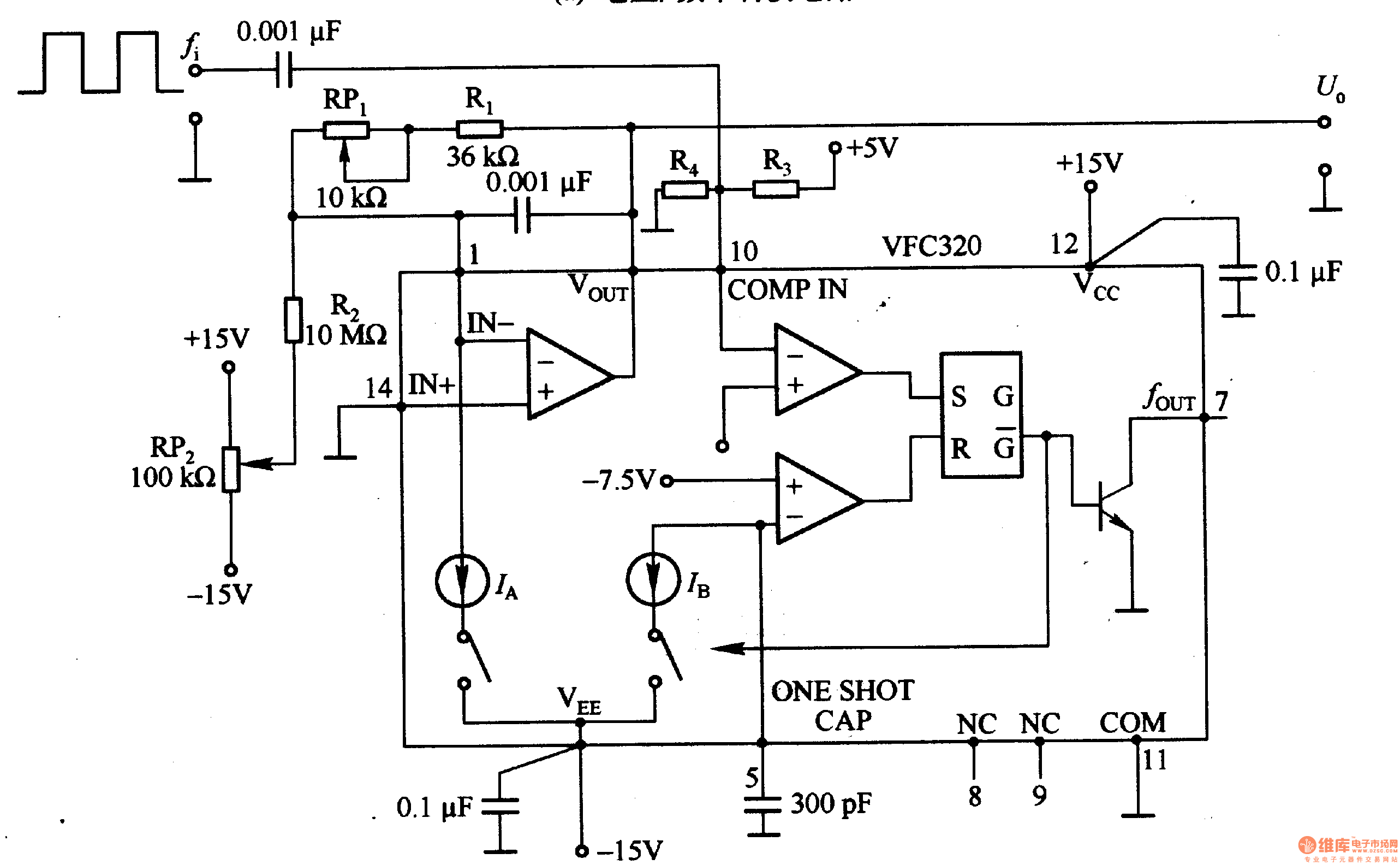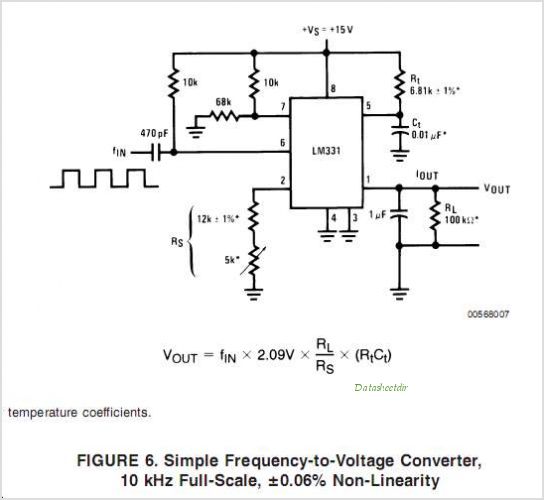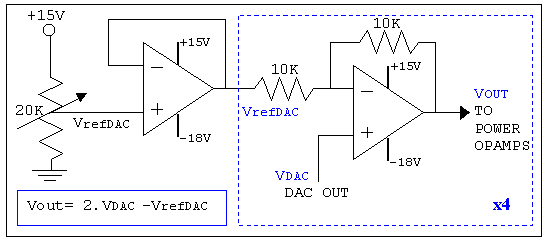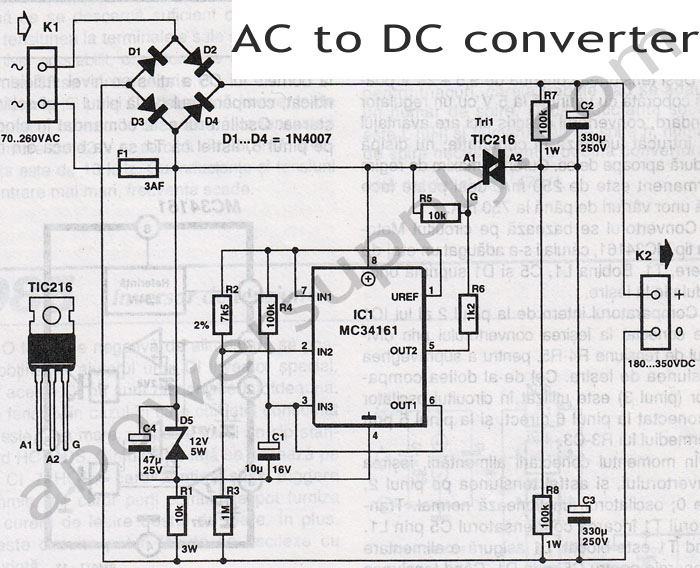
The reference voltage of the symmetrical bipolar comparator

An AI comparator input is connected to a reference resistor (Rl). When the output reaches a specified level, known as VREP (absolute value), the output also stabilizes at this level. The outputs Ai and As are connected to an OR gate, allowing for a dual limit comparator to be utilized. This setup is designed to adjust various waveforms. Originally, it can eliminate oscillations produced on line 7 or between points Aa and A4, which helps generate a double tracking voltage.
The described circuit involves an AI comparator that serves as a voltage level detector. The comparator's input is linked to a reference resistor (Rl), which sets a threshold voltage. When the voltage at the input exceeds this threshold, the comparator output transitions, indicating that the input condition has been met. The output level, referred to as VREP, is the absolute value of the voltage, ensuring that the output remains stable and indicative of the input state.
The outputs from the AI comparator, denoted as Ai and As, are directed to an OR gate. This configuration allows for the creation of a dual limit comparator, which can operate under two different conditions, enhancing the versatility of the circuit. This dual functionality is particularly useful in applications requiring waveform adjustments, where different voltage levels may need to trigger specific responses.
The circuit's design also addresses the challenge of oscillations that may arise during operation. By incorporating the ability to remove unwanted oscillations, particularly on line 7 or between points Aa and A4, the circuit can maintain a clean output signal. This is crucial for applications where precision is necessary, such as in tracking voltage scenarios. The ability to produce a double tracking voltage allows for improved performance in various electronic applications, ensuring stable and reliable operation across different conditions.Ai comparator input than + mine Rl, when the output Japan level, A: The Congress lost dry -VREP (absolute value), its output is also a day level, the Ai, As output connected to or gate, you can play a dual limit comparator for use j Zhang used to adjust the different waveforms, and its original purpose, it can be removed Ai cited oscillations produced on line 7 o Aa, A4 with to produce double-ying of mouth tracking voltage
The described circuit involves an AI comparator that serves as a voltage level detector. The comparator's input is linked to a reference resistor (Rl), which sets a threshold voltage. When the voltage at the input exceeds this threshold, the comparator output transitions, indicating that the input condition has been met. The output level, referred to as VREP, is the absolute value of the voltage, ensuring that the output remains stable and indicative of the input state.
The outputs from the AI comparator, denoted as Ai and As, are directed to an OR gate. This configuration allows for the creation of a dual limit comparator, which can operate under two different conditions, enhancing the versatility of the circuit. This dual functionality is particularly useful in applications requiring waveform adjustments, where different voltage levels may need to trigger specific responses.
The circuit's design also addresses the challenge of oscillations that may arise during operation. By incorporating the ability to remove unwanted oscillations, particularly on line 7 or between points Aa and A4, the circuit can maintain a clean output signal. This is crucial for applications where precision is necessary, such as in tracking voltage scenarios. The ability to produce a double tracking voltage allows for improved performance in various electronic applications, ensuring stable and reliable operation across different conditions.Ai comparator input than + mine Rl, when the output Japan level, A: The Congress lost dry -VREP (absolute value), its output is also a day level, the Ai, As output connected to or gate, you can play a dual limit comparator for use j Zhang used to adjust the different waveforms, and its original purpose, it can be removed Ai cited oscillations produced on line 7 o Aa, A4 with to produce double-ying of mouth tracking voltage





